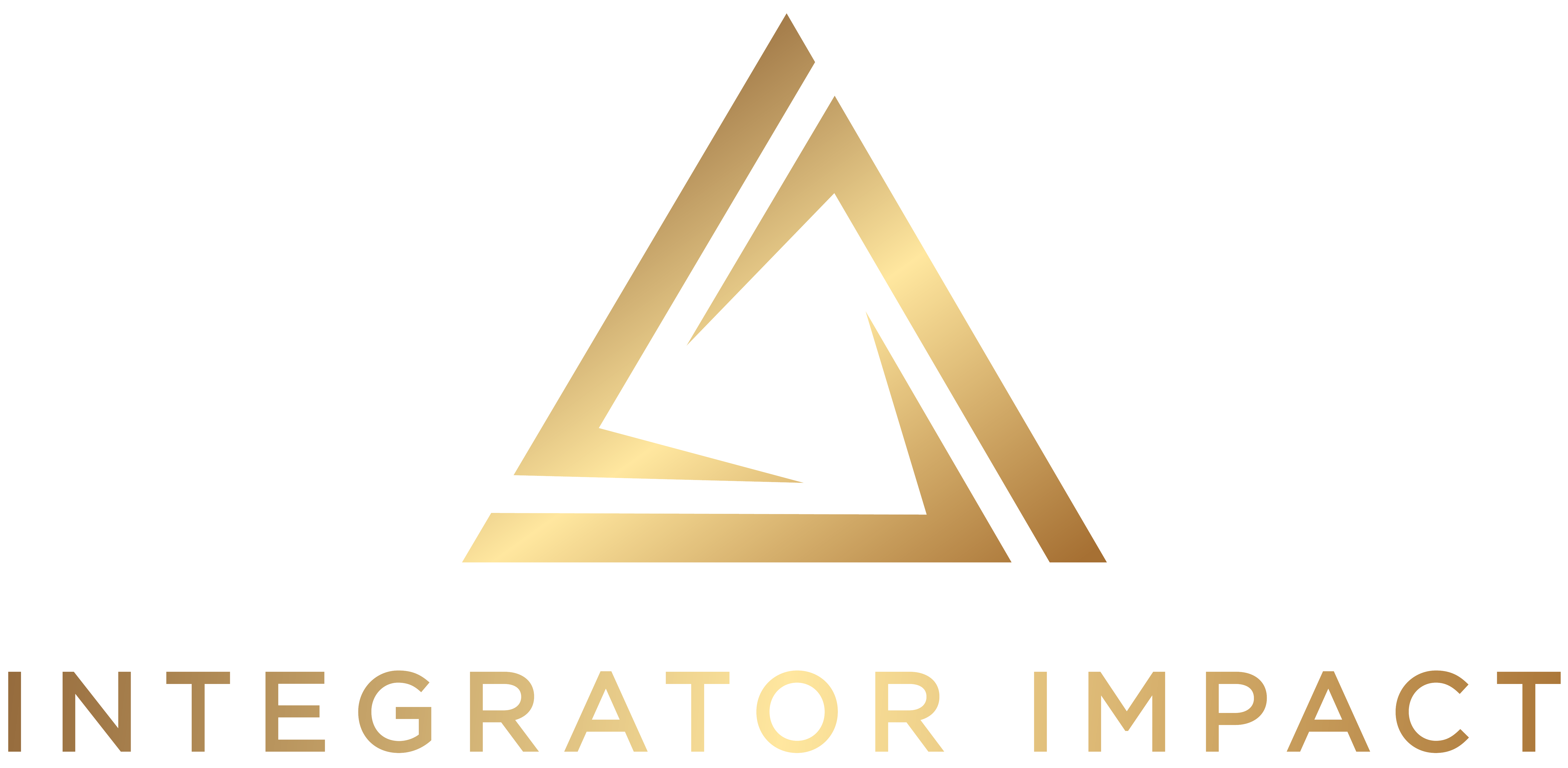Maximize Your Accountability Chart in EOS®
Unlocking the Full Potential of Your Accountability Chart
The Accountability Chart is a cornerstone of the EOS® framework, yet many teams overlook its full potential. Here are three powerful ways to leverage your Accountability Chart that you might not be using yet.
1. Visualize New Roles
When you’re planning to hire a new team member or create a new role, such as a virtual assistant, it’s crucial to incorporate this into your Accountability Chart. By drafting the role on the chart, your team gains a clear visual of how this new person will interact with the rest of the team and what their responsibilities will be. This clarity helps everyone understand the new dynamics and expectations.
2. Solve Issues with IDS
During your Level 10 Meeting™, when you’re using the Identify, Discuss, and Solve (IDS) process to tackle recurring issues, turn to your Accountability Chart. Check who is responsible for the process in question. If it’s not clearly assigned on the chart, that might be why the issue persists. Update the chart to reflect ownership and hold the responsible person accountable. This ensures that every process has a clear owner, reducing confusion and improving accountability.
3. Review During Quarterly Conversations
In your quarterly one-on-one conversations, make it a habit to review the Accountability Chart. Ask if anything has evolved in the team member’s role over the past 90 days. Companies using EOS® often experience growth and change, so it’s essential to revisit and update the chart regularly. This practice keeps roles and responsibilities aligned with the company’s current needs and goals.
By using your Accountability Chart in these ways, you can enhance clarity, accountability, and alignment within your team. Ready to take your EOS® implementation to the next level? Schedule a coaching session today and unlock the full potential of your team.



